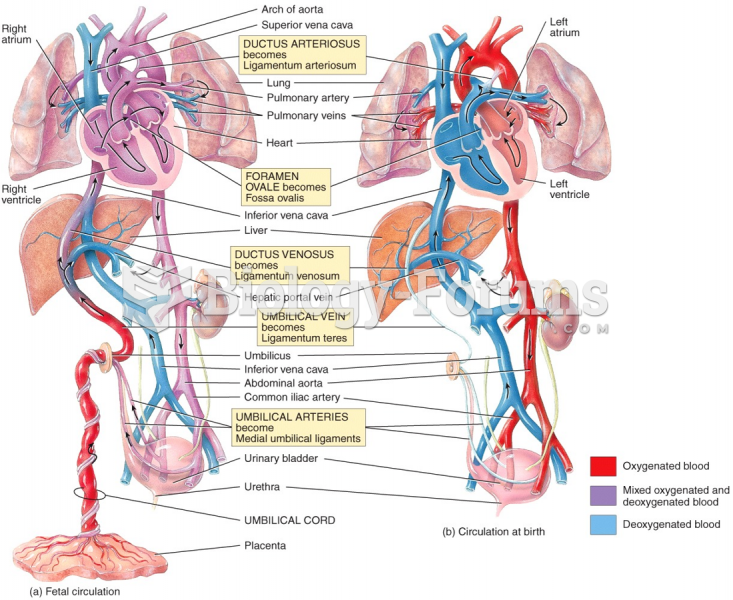This topic contains a solution. Click here to go to the answer
|
|
|
Did you know?
Thyroid conditions cause a higher risk of fibromyalgia and chronic fatigue syndrome.
Did you know?
There are 20 feet of blood vessels in each square inch of human skin.
Did you know?
There are 60,000 miles of blood vessels in every adult human.
Did you know?
The average adult has about 21 square feet of skin.
Did you know?
Pope Sylvester II tried to introduce Arabic numbers into Europe between the years 999 and 1003, but their use did not catch on for a few more centuries, and Roman numerals continued to be the primary number system.






